
This document outlines expectations to guide the instruction of the 2017 Computer Science Standards of Learning.
- Subject:
- Computer Science
- Material Type:
- Full Course
- Author:
- Anne Petersen
- Date Added:
- 12/08/2020

This document outlines expectations to guide the instruction of the 2017 Computer Science Standards of Learning.

2017 Computer Science Standards of Learning
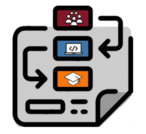
The goal of this activity is to build critical thinking skills and excitement for Computer Science / Computational Thinking, while laying a foundation of fundamental programming concepts. By scaffolding basic concepts like sequencing and algorithms in an unplugged activity, students who are intimidated by computers can still build a foundation of understanding. In this lesson, students will learn how to develop an algorithm and encode it into a program.By "programming" one another to draw pictures, students experience some of the core concepts of programming in a fun and accessible way. The class will start by having students view a video of a simple program demonstrating how to develop instructions for building a peanut butter and jelly sandwich. Students will start with simple shapes, and progress to the coding of a specific drawing that other students will then try to replicate (“running the program”). If there is a desire to have a more of a Math slant on the lesson, the drawing could take place on graph paper. Students would then use the coordinates to complete the drawing.
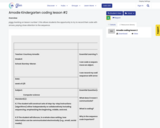
piggy backing on lesson number 1, this allows students the opportunity to try to record their code with arrows, paying close attention to the sequence.

One of the fundamental computer science concepts is that everything we do on a computer is really just turning binary digits on and off. Even though this sounds simple, it can be a concept that is hard to wrap one's head around. This activity brings the binary concept to reality through the creation of binary bracelets or bookmarks.

The PDF may be handed out to students as is.

This is a lesson plan for educators to use that involves students creating an object using a computer graphics program as well as conducting research.
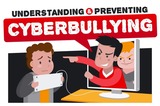
Students describe the dynamics of online cruelty and how it affects all the people involved. Students explain the difference between being a passive bystander versus a brave upstander in cyberbullying situations.
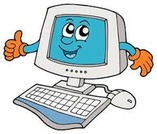
A lesson plan that incorporates Computer Virginia SOL for Second Graders. Included are several videos that explain internet safety.

This lesson includes slides to present a lesson on email ettiquette for students.
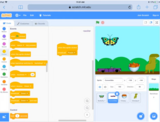
Events in computer science are the triggers for making action happen, like selecting the play button on any screen. Events in Scratch are represented by the yellow codes including: when flag clicked, when sprite clicked, when key pressed and broadcast. Broadcasting is the most advanced event in Scratch and helps with interactions between sprites like pacing their conversations or changing levels.
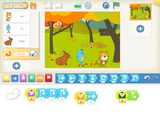
Events in computer science are the triggers for making action happen, like selecting the play button on any screen. Events in Scratch Jr. are represented by the yellow codes including: the green flag, clicking on a character, bump code and envelopes. The envelopes are the most advanced concept in Scratch Jr. and help with scene transitions and interactions between characters like pacing their conversations.

The goal of this activity is to solidify students' understanding of functions: Input/Independent Variable/Domain → Output/Dependent Variable/Range in math and relate that to functions in CS.
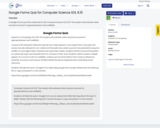
A Google Forms quiz link is attached for the Computer Science SOL 8.10: The student will evaluate online and print sources for appropriateness and credibility.

Students interact with Scratch to review continents and oceans. Students edit a Scratch template to begin to explore code.

Students use Scratch to demonstrate their understanding of hibernation.
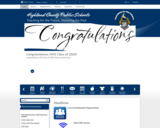
The web page includes a link to the proposed plan for the 2020-21 school year.

Cyber Security, the protection of our information via computers and the internet is one of the fastest growing industries in Virginia and around the world. According to the US Bureau of Labor Statistics Cyber Security Analysts (also known as Information Security Analysts) will grow by 37% over the next 10 years. That’s a much faster growth rate than the average for all other occupations.

Just about everything you can do on a computer—checking your email, posting to Facebook, online banking and shopping—is powered by software. The people who come up with that software, and keep it working efficiently, are behind the scenes of a big portion of our lives. Software engineering is an exciting career,.In this remix, some reflections questions for students have been added.

Just about everything you can do on a computer—checking your email, posting to Facebook, online banking and shopping—is powered by software. The people who come up with that software, and keep it working efficiently, are behind the scenes of a big portion of our lives. Software engineering is an exciting career,.